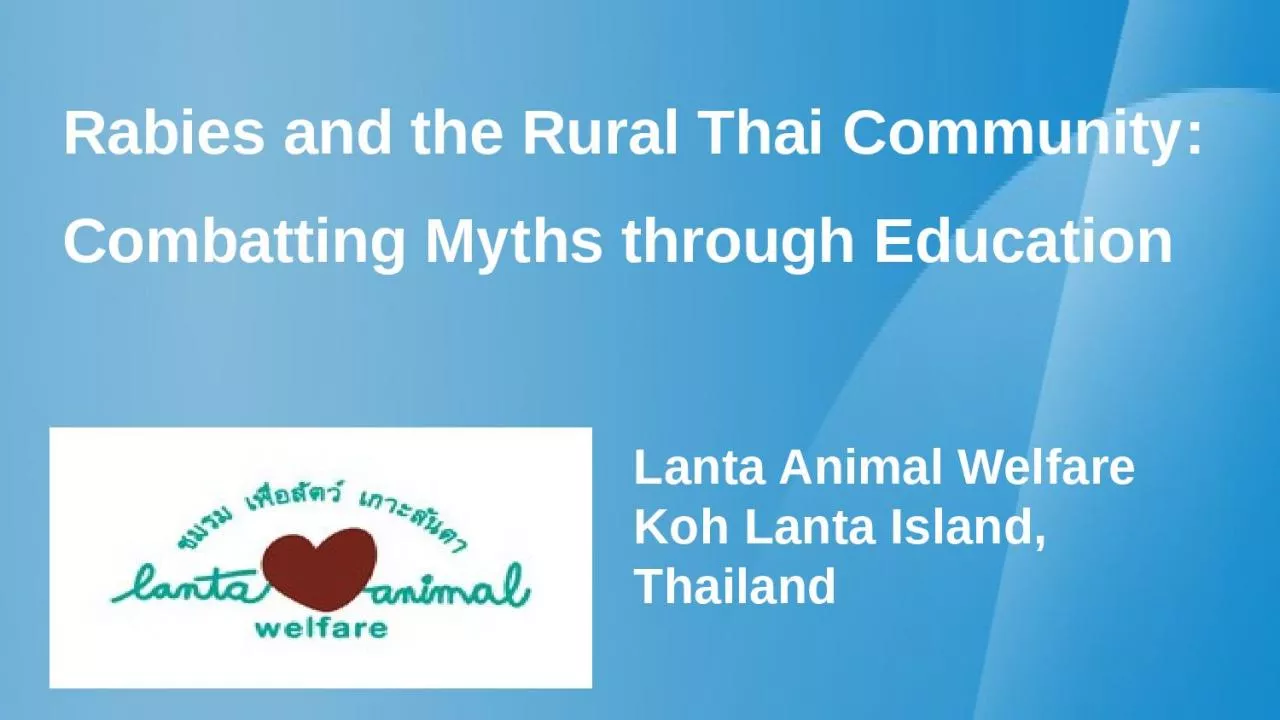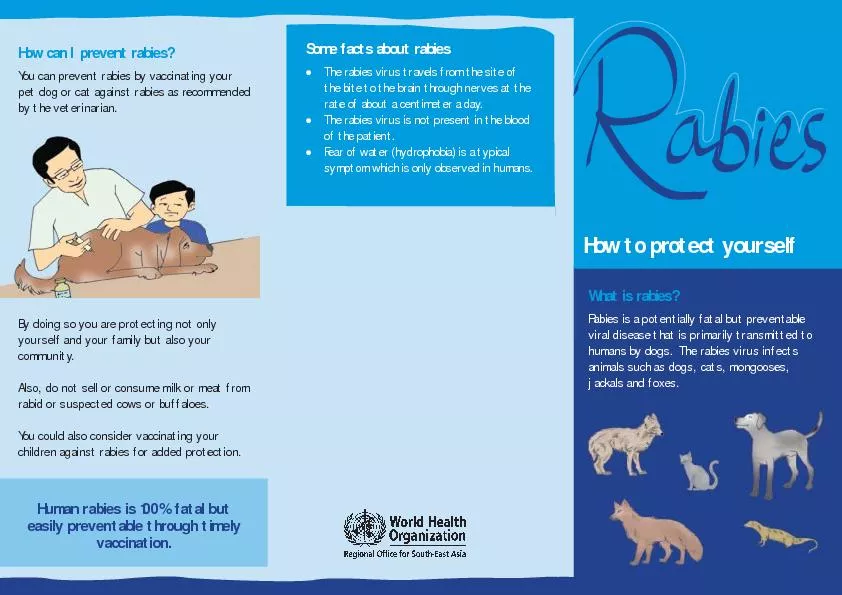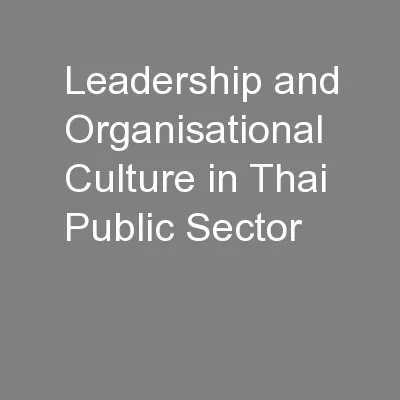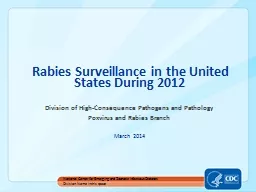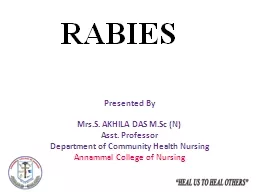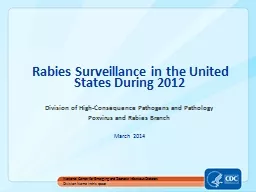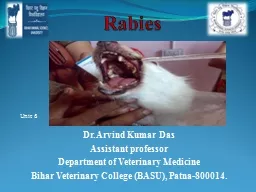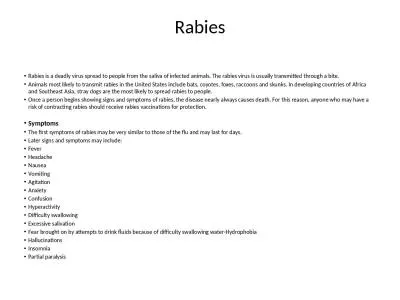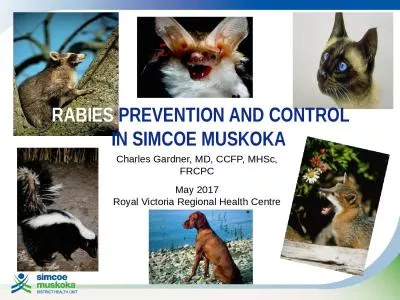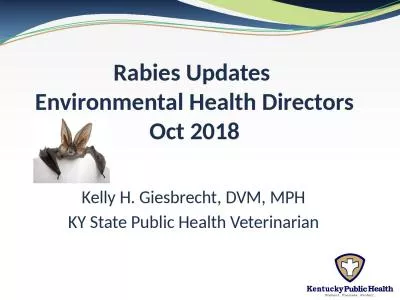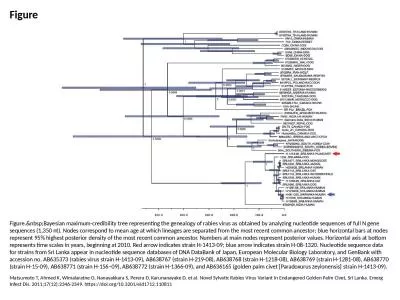PPT-Rabies and the Rural Thai Community:
Author : emma | Published Date : 2024-02-09
Combatting Myths through Education Lanta Animal Welfare Koh Lanta Island Thailand Introduction Rabies Within Thailand 2011 study highest MR Central Southern
Presentation Embed Code
Download Presentation
Download Presentation The PPT/PDF document "Rabies and the Rural Thai Community:" is the property of its rightful owner. Permission is granted to download and print the materials on this website for personal, non-commercial use only, and to display it on your personal computer provided you do not modify the materials and that you retain all copyright notices contained in the materials. By downloading content from our website, you accept the terms of this agreement.
Rabies and the Rural Thai Community:: Transcript
Download Rules Of Document
"Rabies and the Rural Thai Community:"The content belongs to its owner. You may download and print it for personal use, without modification, and keep all copyright notices. By downloading, you agree to these terms.
Related Documents

